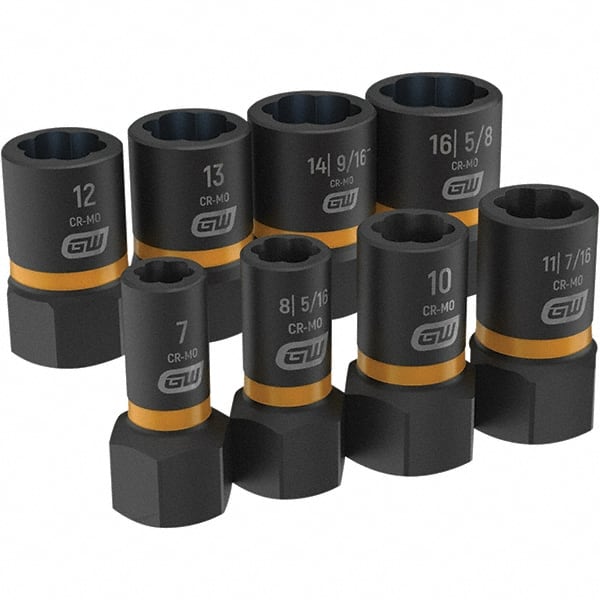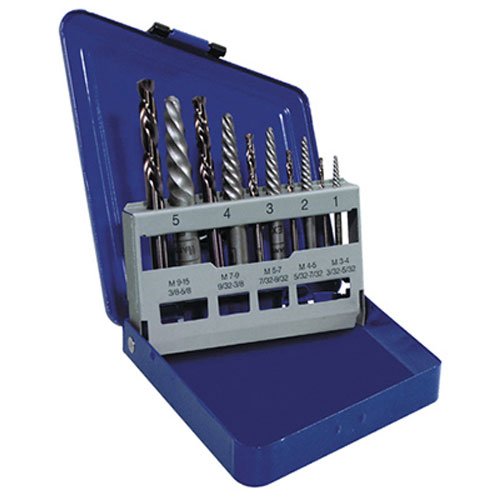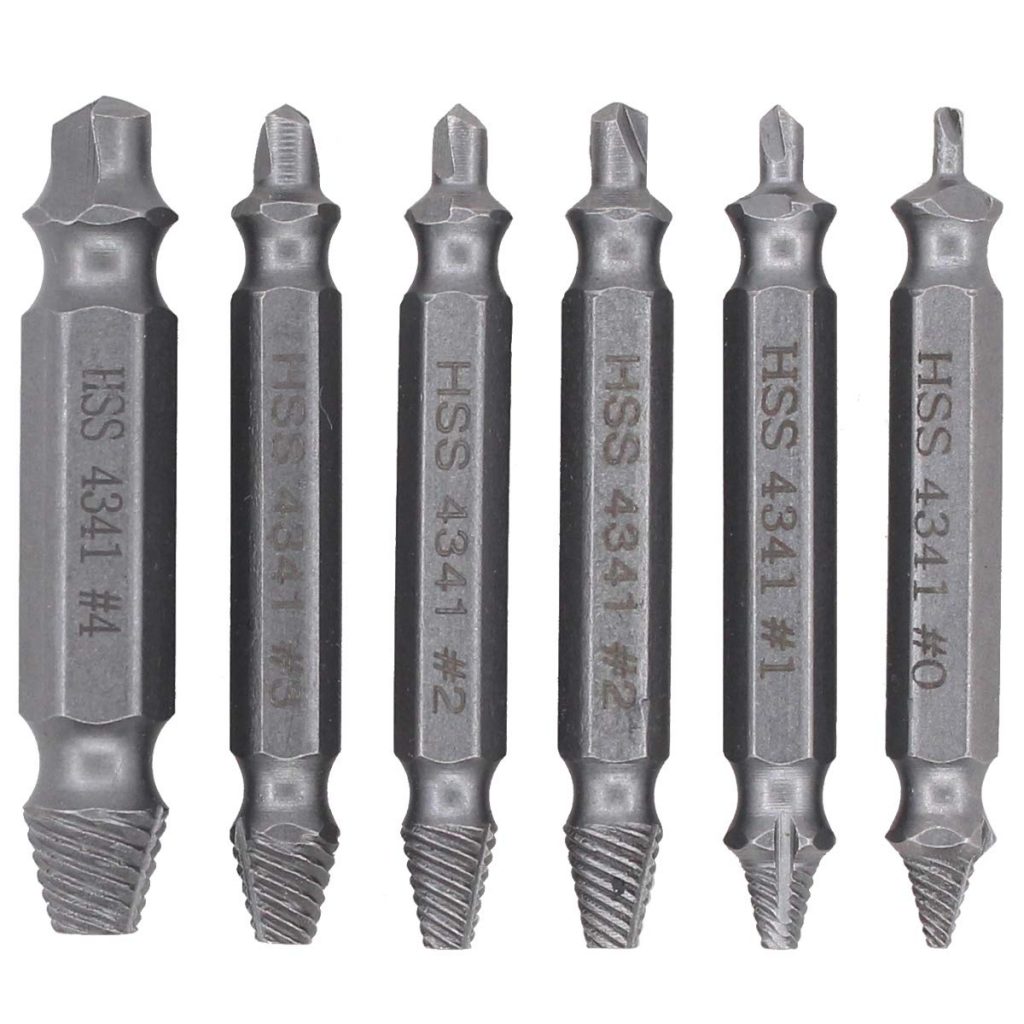
- #Best bolt extractor how to
- #Best bolt extractor driver
- #Best bolt extractor pro
- #Best bolt extractor free
Once that happens, just keep turning until your screw is safely out. The screw extractor will twist down until it grabs hold of the screw. If you’re using a drill in reverse, turn the screw extractor into the guide hole you’ve drilled. At this point, you can finally put the screw extractor to use.
#Best bolt extractor how to
Step 5: Screw Itįor a tutorial on how to use a screw extractor, it feels like we took a long time to get to the actual screw extraction, doesn’t it? Well, here we are. Just compare each bit to the screw and choose the best size.Īs you can probably tell, we find double-ended screw extractor sets easier to use. The nice thing is that the double-ended bit already matches up with the proper extractor size, so there’s no guesswork. If you’re using a burnishing/extractor double-ended bit, you’ll need to kick your drill into reverse to use it properly.
#Best bolt extractor driver
You also want to use a drill for this process as the mechsnism on an impact driver doesn’t deliver a smooth action.


Don’t ruin the whole thing by rushing the process. If you’re stopping to remove a screw, then there’s some value in protecting your workpiece. Depending on the size of the screw extractor you plan to use, you probably only need to drill down about 1/8″ to 1/4″. Keeping your drill bit straight, drill down slowly into the screw. To make your life easier, add a little bit of thread cutting oil to the head of the screw. Next, find a drill bit that has a smaller diameter than the screw you need to remove.
#Best bolt extractor pro
Pro Tip: If you’re working a bolt or plug out of an engine, mind those metal shards – you don’t want them falling into the engine block! Step 4: Drilling a Guide Hole If that’s the set you have, skip the punching and drilling step. Some screw extractors have a burnishing end that you can use to drill out the screw head directly. This will create an indentation in the very center of the screw that will help guide the drill bit. To do this, you align a punch to the center of the screw and hammer it down lightly. With a basic screw extractor, you may need to provide some space in the screw head for it to work. That means drilling or expanding a hole in that old screw. You may also want a pair of gloves if you’re concerned about metal shavings cutting you. You always want to protect your eyeballs from debris.

If you’re just starting out, or you find yourself apprenticing with a Pro, we can show you how to extract a screw as if you’ve been doing it for years. It will let you quickly remove those pesky worn and weathered fasteners with a minimal amount of frustration.Īny Pro from mechanics to woodworkers should keep a set of screw extractors close by. Keep a relatively inexpensive screw extractor on hand. Rounded out and stripped screws can throw a real wrench in your productivity, but they don’t have to bring your work to a grinding halt.

Other times, however, you’ve simply got to get it out. Sometimes you can cut or bend off a fastener and it’s fine.
#Best bolt extractor free
Slowly keep turning the screw/bolt/plug out until it works free.Flip the bit around and use constant pressure in reverse (slooooooow speed) to drive in the extractor until it bites.Using your drill in reverse, slowly bore out the damaged head.Look for hardened steel-these bits need to be strong.Use a set with double-ended boring/screw extracting bits-they’re easier.How to Use a Screw Extractor – Step by Step.How a Screw Extractor Removes Damaged Screws.


 0 kommentar(er)
0 kommentar(er)
